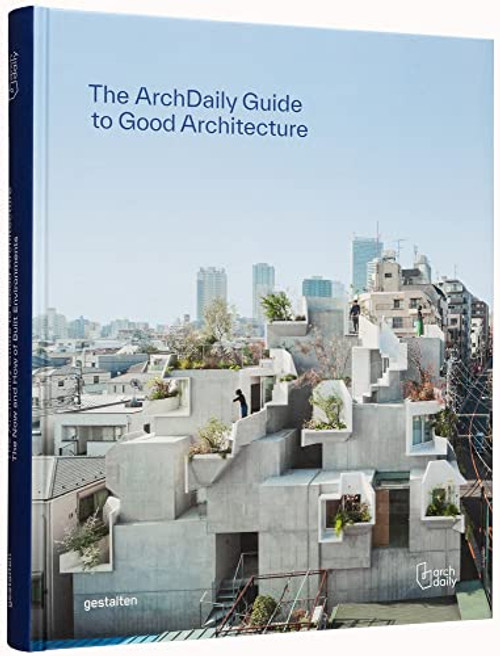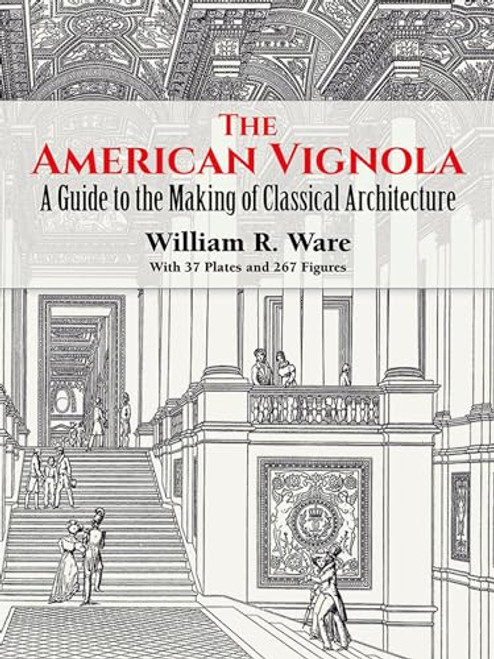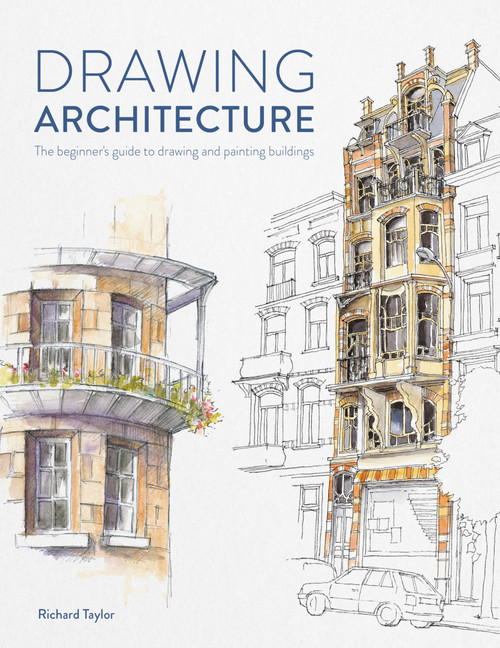Tucson is a city rich in architectural heritage spanning three cultures, with a history of human settlement that makes it one of the oldest continually inhabited cities in the United States. Hispanic barrios, American architectural forms, and remnants of a prehistoric Native American past give Tucson a unique and eclectic identity unlike any other city. This book is a comprehensive, richly illustrated guide to Tucson's significant historic and contemporary architectural resourcesnot only buildings, but ruins, open spaces, landscapes, and other elements that define the citys built environment. It captures all facets of Tucsons architecture, from one-of-a-kind homes on Main Avenue and historic downtown buildings to destination resorts in the Catalina Foothills and other modern structures. In this book readers will find:
- walking and driving tours of fourteen areas, complete with maps, beginning with central neighborhoods such as Barrio Historico and Armory Park and moving on to the rapidly expanding outlying areas
- annotated descriptions of individual structuresresidences, schools, churches, government buildings, offices, commercial establishments, and othersenhanced by more than 120 photographs
- profiles of prominent Tucson architects, including Henry Trost, Josias Joesler, and Judith Chafee
- a guide to architectural styles found in Tucsonwith examplesand a glossary of terms. A Guide to Tucson Architecture is the only book to offer such an extensive guided tour of one of America's favorite destination cities, capturing both its historic character and its dynamic growth. Through it, readers will appreciate the holistic balance of influences that has created Tucson's unique architectural expression and that defines its modern identity.
- walking and driving tours of fourteen areas, complete with maps, beginning with central neighborhoods such as Barrio Historico and Armory Park and moving on to the rapidly expanding outlying areas
- annotated descriptions of individual structuresresidences, schools, churches, government buildings, offices, commercial establishments, and othersenhanced by more than 120 photographs
- profiles of prominent Tucson architects, including Henry Trost, Josias Joesler, and Judith Chafee
- a guide to architectural styles found in Tucsonwith examplesand a glossary of terms. A Guide to Tucson Architecture is the only book to offer such an extensive guided tour of one of America's favorite destination cities, capturing both its historic character and its dynamic growth. Through it, readers will appreciate the holistic balance of influences that has created Tucson's unique architectural expression and that defines its modern identity.











